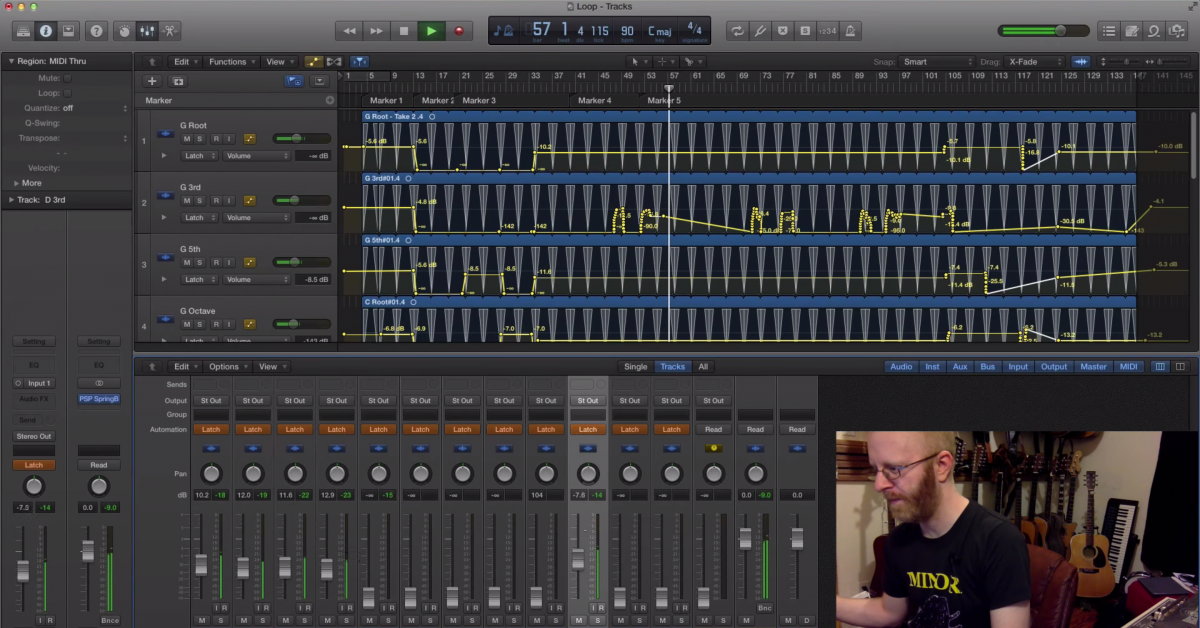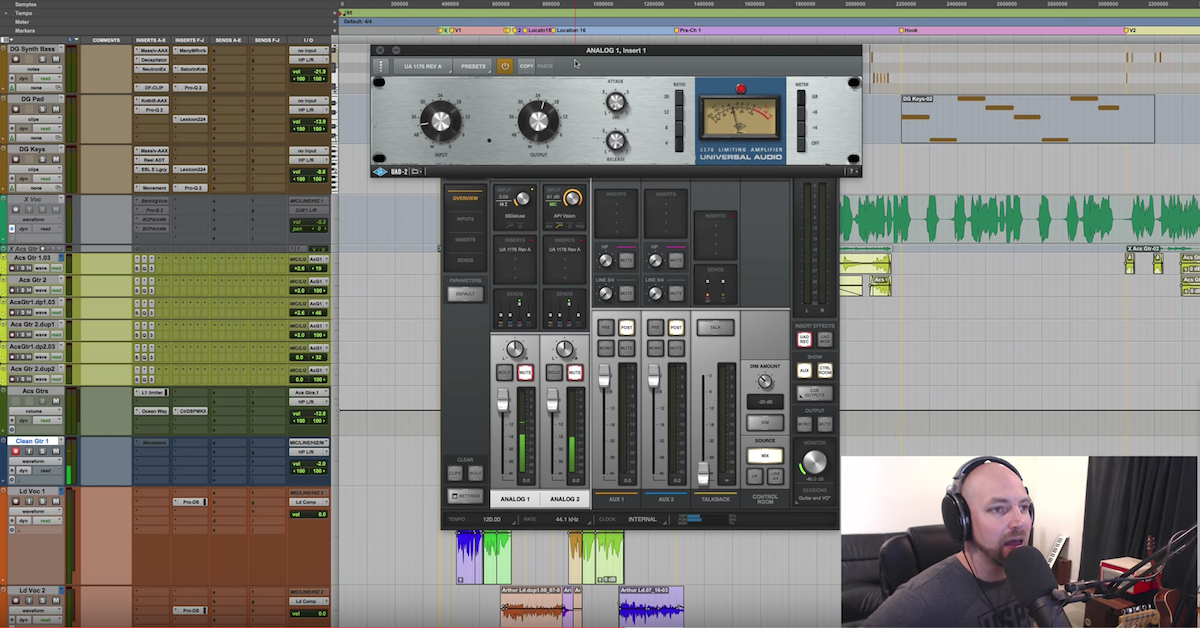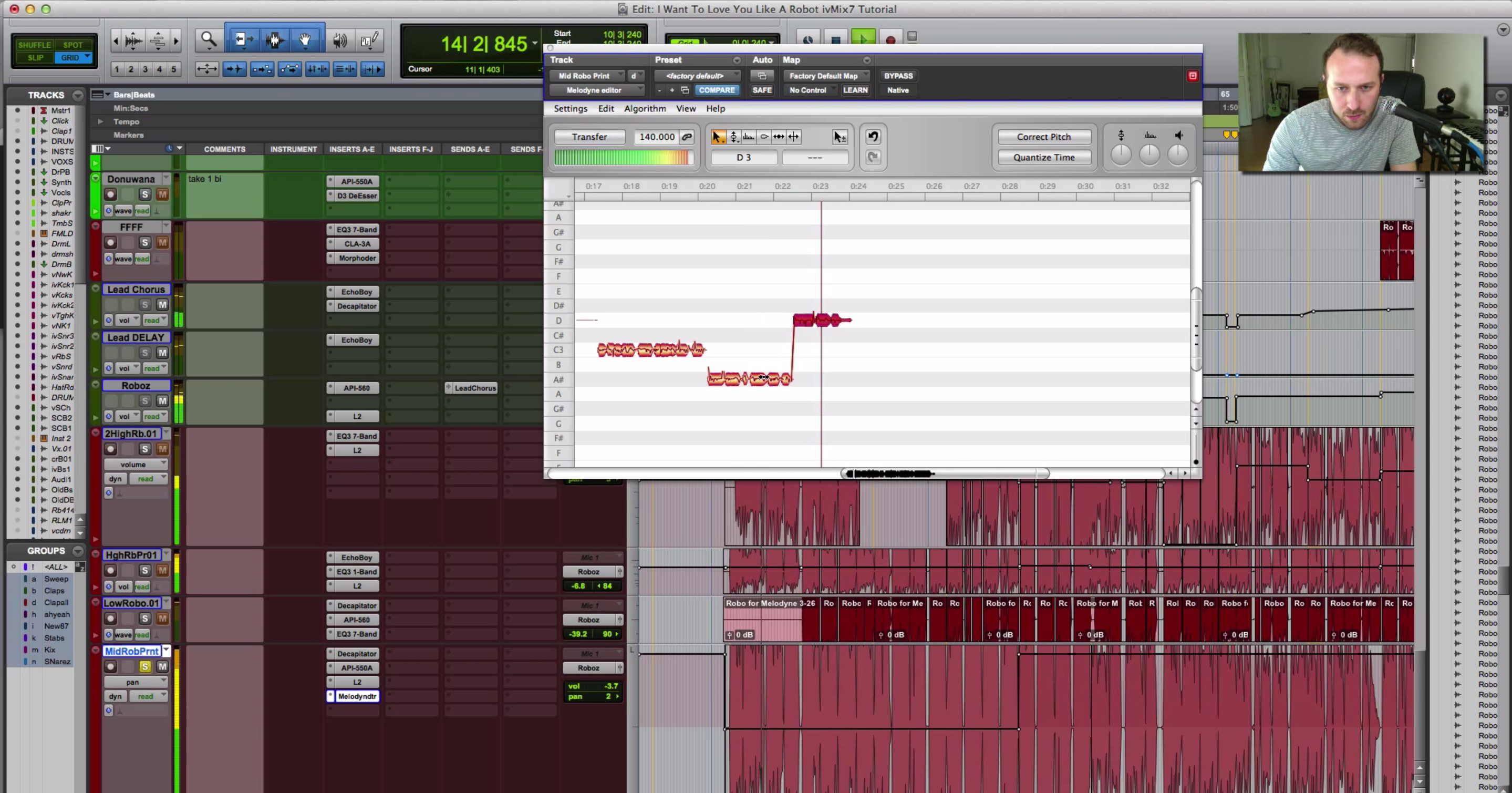10 Essential Tips For Producing Future Bass
Article Content
Over the past few years, the Future Bass genre has seen a massive rise in popularity. World-famous artists such as Flume, San Holo, Illenium, and Marshmello have all been catalysts to its rise and continued success.
With no signs of slowing down, the melodic super saw-filled genre is poised to continue taking over the dance music scene this Summer. But how do you produce in this genre? How can you stay ahead of the curve and produce a contemporary Future Bass track? What are the secrets to getting this sound? Look no further!
I’ve compiled a list of ten essential tips for producing Future Bass that will help your music stand out in today’s scene.
1. It’s All About Control
We all love Future Bass for it’s bright, powerful, wobbly super saws that go bouncing in and out of a song. You might think that all you need to do to get this kind of sound is layer your chords and lay down some MIDI notes, but to get these beautiful saws to catch the listener’s attention, we need to take it a step further. We need to add some dynamic interest to help them jump out and excite the listener’s ear.
Action to take …
We can add dynamic interest by experimenting with the following:
Create new rhythms with volume control: Having precise control over the rhythm of your chords is crucial in Future Bass. Draw in automation curves and dips to add new rhythms to your saws. Don’t be afraid to even add small gaps of silence to your chords!
Cut off reverb tails: This may not seem like it would have a huge impact on the overall production, but it can. Muting reverb tails when the chord is finished playing allows the other elements to shine through and keeps the wobble of your chords sounding tighter overall.
2. Stay In The Groove
Having your kick and snare lock into the groove of your saw chords is essential to drawing the listener into your song. Without a tight groove, your track will seem clumsy, out of place and un-danceable.
Action to take …
To ensure your groove is locked in, take the following steps when starting your drop:
1. Write in the kick and snare pattern first: Getting the kick and snare down first gives your song an anchor to rely on rhythmically. These are the loudest elements in your track and will dictate the rhythm of your other elements. A lot of Future Bass is around 140 BPM, so start with placing your snares on every third beat of each bar so the song doesn’t sound rushed.
2. Lay down your chords: Now that you’ve got your anchor set, you can start bringing in the chords. Start by laying down your progression and then start chopping it up to create a pattern that interplays with the kick and snare. To ensure these elements come through clearly in the drop, you can also experiment with not having your chords play when the snare hits. This will further accentuate the groove you created with the anchor elements. At this point, you can create even more dynamic interest by applying tip #1 (it’s all about control).
3. Experiment: As you begin to change the pattern of your chords, you may find that a different kick or snare pattern is a better option. Don’t be afraid to go back and forth between your drums and chords. You’re not always going to get the perfect pattern down on your first attempt, so experiment until you find a pattern that appeals to you.
3. Set The Tone
The type of chord you choose and the voicing of the chord is important to convey the emotion you want your listener to feel when they hear your song.
Action to take …
You can achieve a full and rich sounding Future Bass progression with the following steps:
1. Write out your progression in triads first: Doing so will help lay the foundation of your track before you create more complex chords.
2. Experiment with 7th, 9th, 11th, and suspended chords: This is where the magic happens. Start by adding extensions to your existing triads and experiment to taste.
3. Invert: After you’ve experimented with 7th, 9th, 11th, and suspended chords, try inverting some of the notes in these chords. Doing so will slightly change the feel of the chord, so again, experiment to taste.
4. Thicken up your chords: Finally, one way you can start to thicken the sound is by simply duplicating the root and third of your chords and moving them down and/or up an octave.
4. Keep It Moving
In many Future Bass drops, you hear a barrage of quick interesting drum fills and ornamental drum sounds. This staple of the genre gives the listener some ear candy and keeps them wanting more.
Action to take …
A good place to start is by adding some percussion, toms or claps at the end of every two bars and then adjusting the frequency and placement. Make sure you’re choosing samples that provide enough sonic interest to catch the listener’s attention.
➥ FREE Download: Future Bass Sample Pack
5. Chop Chop Chop!
What Future Bass track would be complete without vocal chops? The reverberated vocal chops help give the track that surreal emotion we’re after.
Action to take …
Here are a couple of tips for vocal chops:
– Write a melody on a synth first: This will ensure that you already have a melody that works well with the rest of your musical parts. After you’ve written the melody, tune a vocal sample, put it in a sampler, and copy over the melody MIDI.
– Put on auto-tune before you begin writing: Turn auto-tune on and set it to the key of your track. This will ensure that your vocals will be in tune and you’ll be able to choose the notes you want the vocals to play more accurately.
– Set up an FX Channel: When you’re writing your vocal chops, throw the occasional syllable into a new channel that contains effects such as reverb, delay, phasing, chorus, etc. — this can help open up your creativity when you’re writing the vocal line.
➥ FREE Download: 50 Vocal Chop Loops
6. Modulate
The modulation of your synth elements in the drop can also help bring your track to life.
Action to take …
Here are a few tips to bring your drops to life:
– Pitch Modulation: Sharply pitch your super saw chords up and/or down at the beginning or end of the chord to create a sense of movement and progression for your drops.
– Filter Modulation: Throw on a filter and modulate a low-pass or high-pass filter with an LFO (most stock filters in your DAW have an LFO) to create a different wobble with tonal interest.
– Add reverb tails: In an earlier tip, we mentioned that reverb tails can be cut off to keep the groove of your song tight, but having the occasional reverb tail ring out can provide some powerful texture and depth. Add a reverb and automate the dry/wet and decay at the end of every 4 or 8 bars. Also, try adding very short reverb washes to your chords while they’re playing and cut them off when they stop.
7. Texturize
Your super saws are the main element of your Future Bass track and need to sound as polished as possible.
Action to take …
Here are some layers to add to your main saw for a more professional sound:
– Top lead layer: Choose a sound that is sonically different than the main layer. Preferably one that has a little more bite and character, so it sits on top of the mix. Then take the MIDI from your main chord layer and erase all the notes except the top note. This can add the perception of height to your mix.
– Pluck Layer: Choose a pluck sound and copy over your main chord MIDI. Make sure the pluck sound is not too wide in the stereo field as you want this layer to add more of a transient punch to the saws.
– Noise Layer: Adding a white noise hit to play along with your pluck layer is another great way to fill out the frequency spectrum and add punch.
– Wide bass layer: Adding a second bass layer that utilizes a stereo widening effect can help create a more 3D version of your bass.
➥ FREE Download: 25 Xfer Serum Future Bass Presets
8. Progress To Impress
While keeping the same chord pattern as the super saws can be effective, changing it up after a phrase can add interest to your song and help engage the listener.
Action to take …
Here are a few simple tips to spice up your chord progressions.
– Experiment with chord extensions and sus chords
– Experiment with chord inversions
– Create either a faster or slower-paced pattern depending on the direction you want your track to go. For example, you can have faster 8th and 16th note chord stabs or hold the chords for an entire bar.
9. Moving Floor
A very subtle production tip that often gets overlooked in Future Bass is the pitching of your sub bass.
Having your sub bass follow the pitching of your chords can make all the difference when it comes to creating an impactful drop. The sub bass is part of the foundation of your song and having it move along with your chords adds a type of movement that can only be accomplished with pitching.
Action to take …
Copy over the pitching automation from your chords to your sub bass to create this “moving floor.” To take it a step further, you can also add pitched subs to parts of your drop where the super saws aren’t playing. This works especially well at the end of every 4 bars.
10. Add Your Personal Touch
Every artist needs to put their own personal touch on their song or else it’s just another copycat production. One way to add a personal touch to your Future Bass songs is to run your drop elements, mainly your chords, through different FX chains.
Action to take …
Put a multi-effects unit such as Glitch 2, Looperator, or a modulation effect (choruses, phasers, flangers, frequency shifters) on the group channel of your drop elements and resample out the effected sound while you tweak the parameters of the FX. Then cut and place these little snippets back into your drop to add your own personal flavor and attitude to it.






